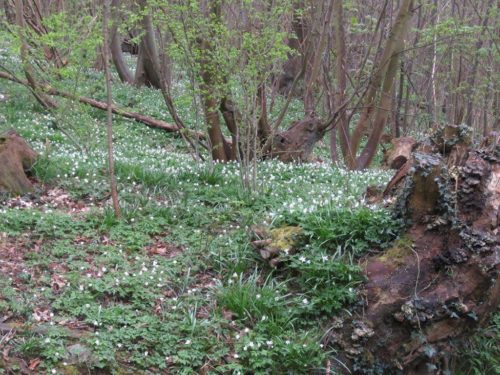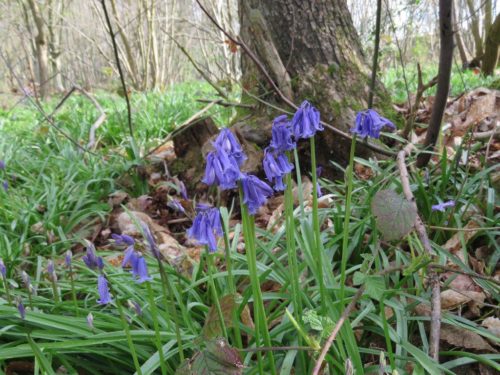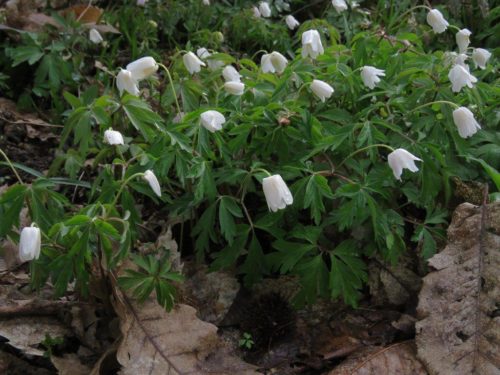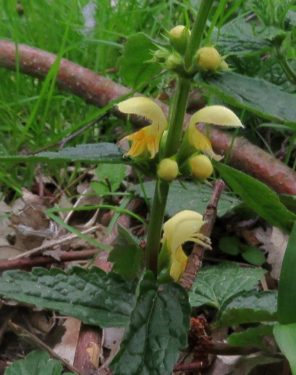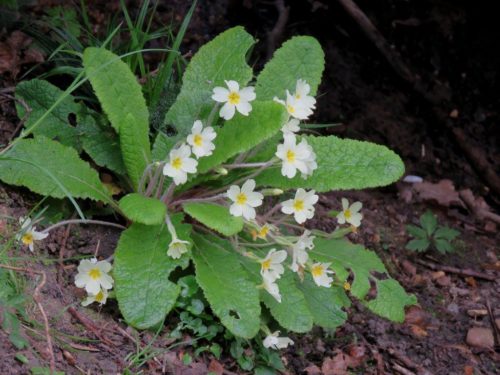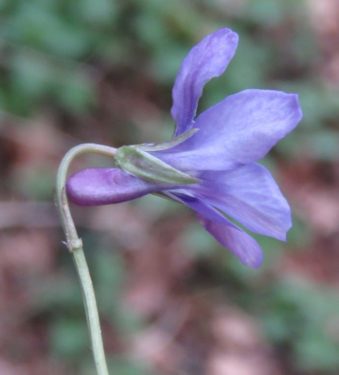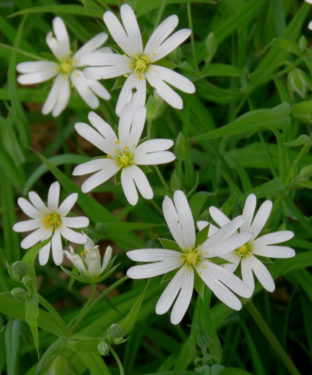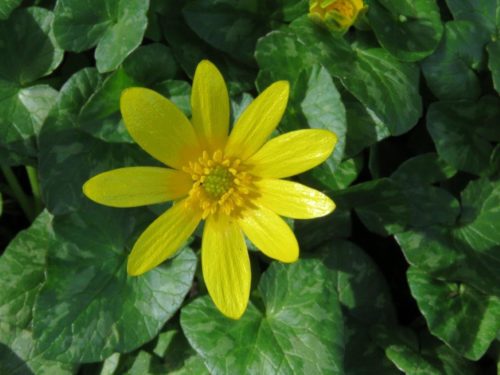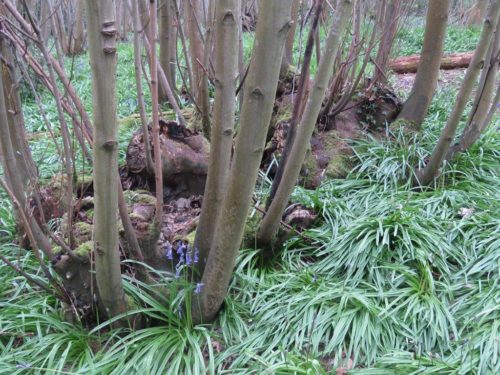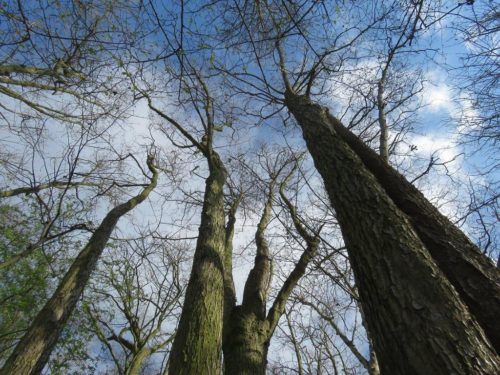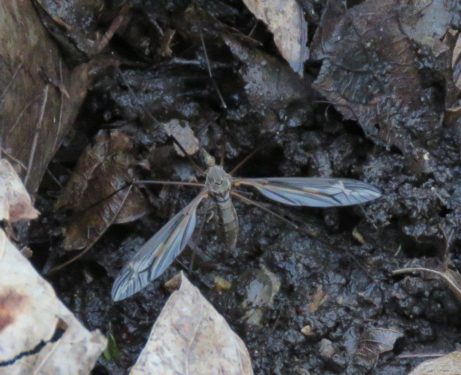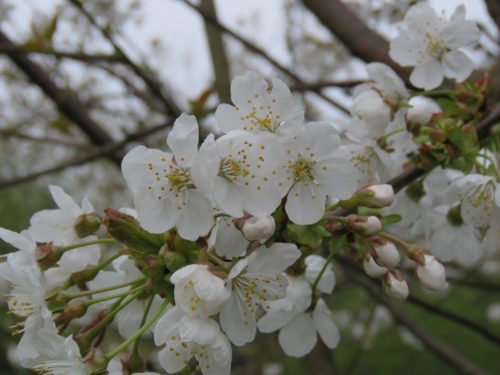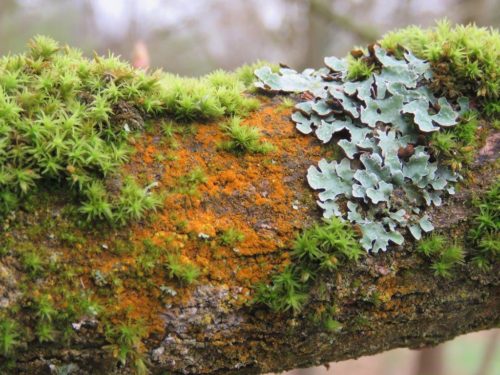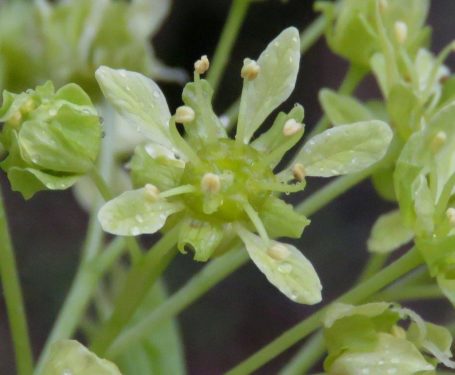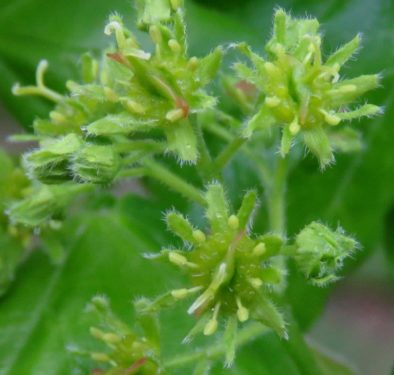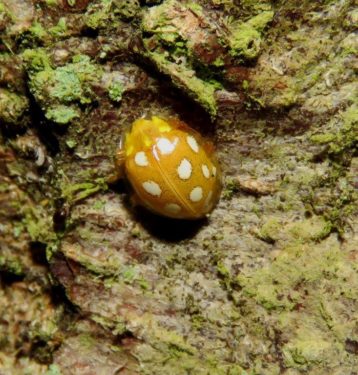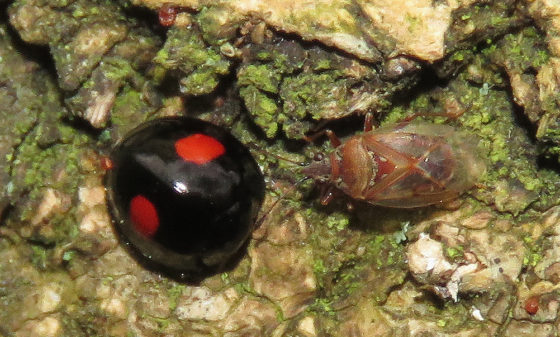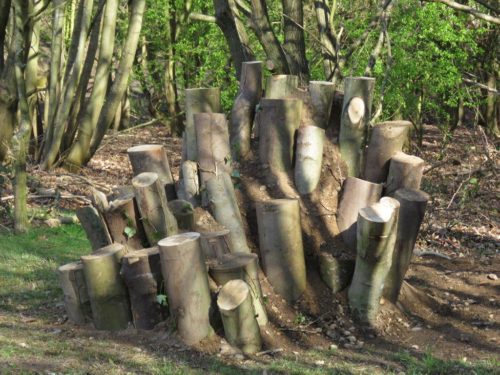What a lot of things there were to look at on our Botany and Bug walks yesterday! The woods were bursting with botanical life and, even though it was drizzly and far from warm, some bug life was tenaciously hanging on in readiness for the better weather, sure to come.
Wivenhoe Wood is an ancient woodland, one which is assumed to have existed since the last Ice Age. This rather wonderful fact is indicated in part by the presence of two rather wonderful plants, namely the Bluebell and Wood Anemone . Although often located in the same woodlands, these actually thrive on different substrates, Bluebells preferring more gravelly and drained areas typically nearer top of hills and Anemones in damper, more clayey soils. We are lucky to have both of these beauties, doing what they oughta, on our doorstep. (Click here for Chris’ blog about how to tell native Bluebells from the Spanish variety).
Other flowers of particular splendour included the Yellow Archangel, Primrose, Common Dog-violet, Greater Stitchwort and the beautifully named Celandine, sharing its name with the Greek for Swallow, as their arrival is often coincidental.
Of course we could not ignore the trees, nor the importance of their management within the woodland ecosystem. In days of yore when woods did their own thing, trees grew until they naturally died and fell crashing down, creating clearings, which allowed light to enter to give life to the flowers of the forest. Along with the trampling of Wild Boar, Aurochs and other large fauna, the disturbance would have kept things constantly changing.
However, nowadays, in the absence of large beasties, and trees often being surgically removed before they grow too large and unsafe, it is important that man steps in to create patches of light to keep the woodland floor alive. Although rather dramatic and destructive to the uninitiated, the practice of coppicing is vital for a woodland’s health. We could see the evidence of this for ourselves. Some of the coppiced ‘stools’ are probably hundreds of years old with their original trunk stumps often rotting away (vital for invertebrates), yet still ‘alive’ and allowing any number of small trees to grow up out of them. These poles are often harvested for useful economic crop too. Colchester Borough Council are to be congratulated on their management practices.
So what can trees themselves tell us? Well, for one thing ‘What Lies Beneath’. An Alder is a sure sign that a spring flows nearby, as these trees like their feet wet all the time. And sure enough, near one such individual, was a very damp area where we saw our first, and most spectacular invertebrate offering of the day…a large female cranefly Tipula vittata, industrially poking her abdomen into the mud over and over again, laying her eggs. The beautifully blossomy Wild Cherry likes free-flowing water draining over its roots, and so shows it is living on a gravelly layer.
Surprising splashes of colour helped to brighten a dull day, none more so than the occasional trunk plastered with the vivid orange terrestrial alga Trentepohlia; likewise the fleeting flowers of Field Maple and Norway Maple (originally posted wrongly as Sycamore), in various hues of green.
The afternoon walkers were luckier on the insect-front than their morning compatriots, and chalked up both the Kidney-spot Ladybird and the Orange Ladybird (itself an indicator of ancient woodland ). The Kidney-spot was photobombed by a Birch Catkin-bug, but we will forgive it…
We can’t leave our Day At The Woods report without mentioning the wonderful sculpture-from-nature that has appeared (through much hard work) near Lower Lodge. It is if course much more than a work of art…it is a stag beetle stumpery! Over time the wood beneath the ground will rot away and hopefully provide conditions to support the larvae of these amazing creatures. They will chomp away on the dead wood for a few years (the nutritional value of wood is low, and these creatures need to grow big, so it takes ages!), then on a warm day in June the adults will emerge. They will fly around in an undignified manner hoping to bump into (literally) someone of the opposite sex to do business with. Eggs will be laid and after a few short weeks the adults will die. You could say that their life seems very short, and that it’s hardly worth the effort, but as one of our group pointed out ‘A life-cycle never ends….’, which I think would be a very appropriate place to leave things this time……..
…….apart from to thank everyone who participated in our event this month. We hope you enjoyed it as much as we did.
